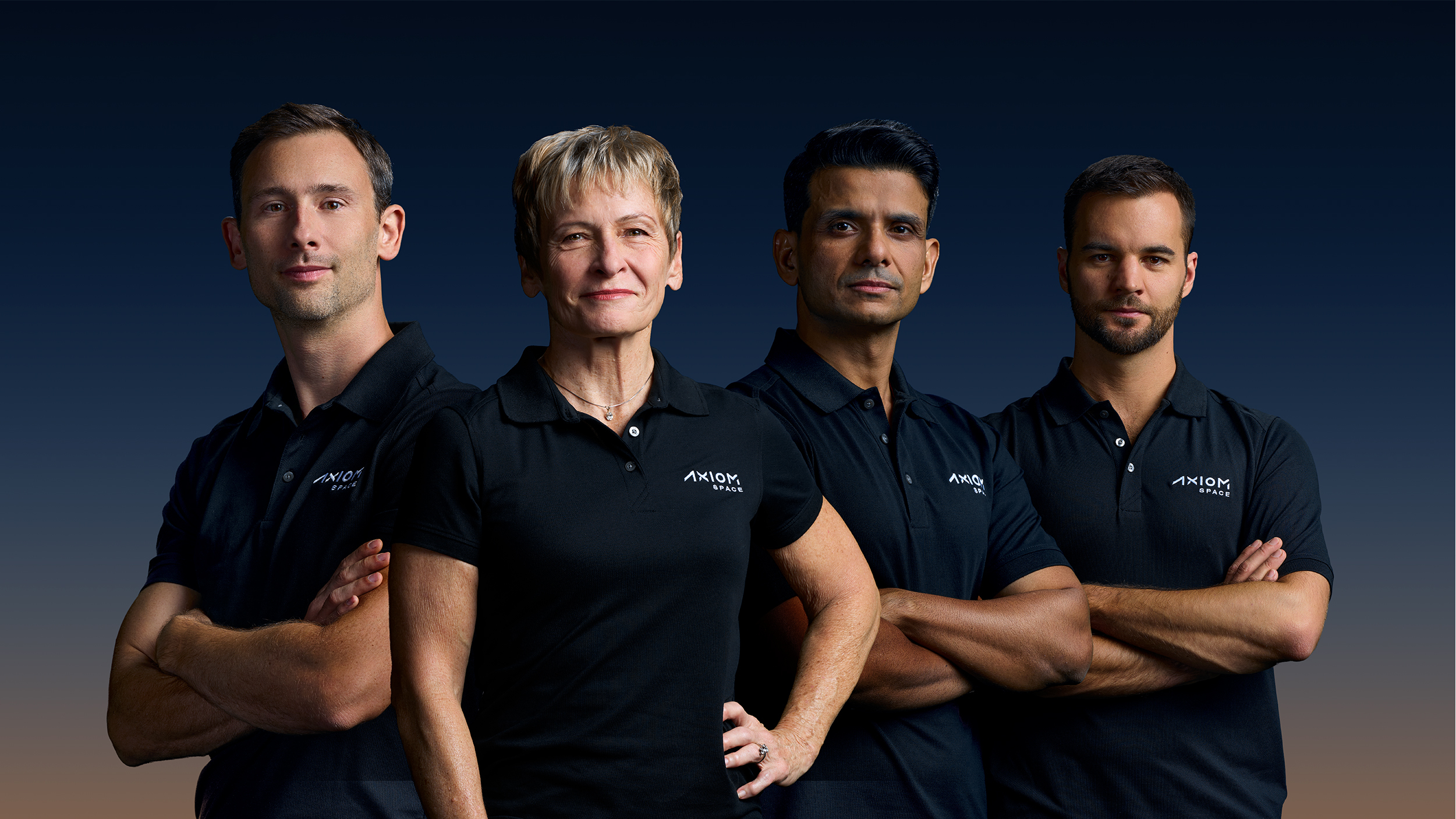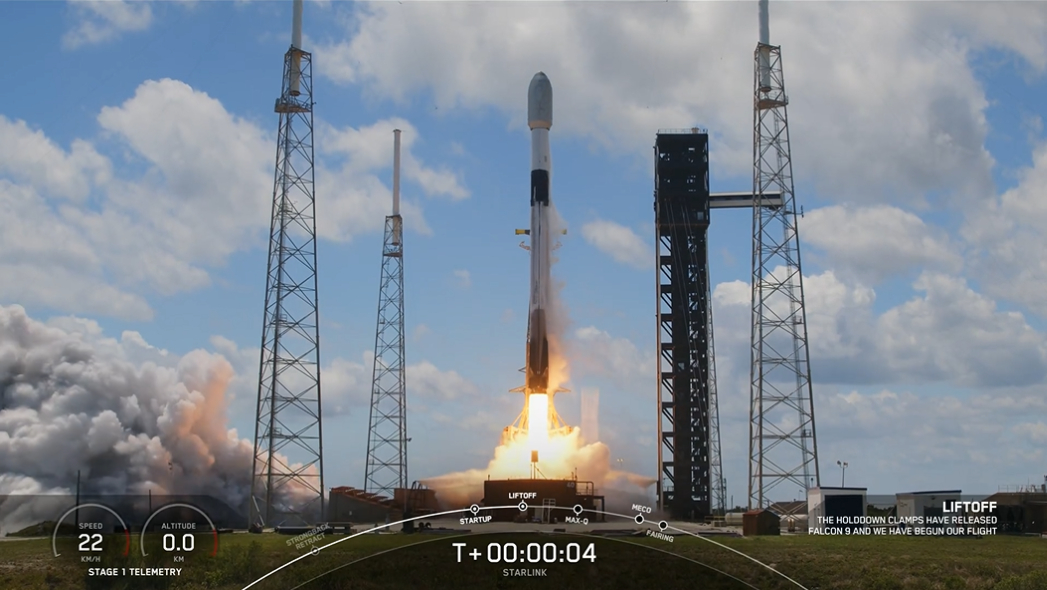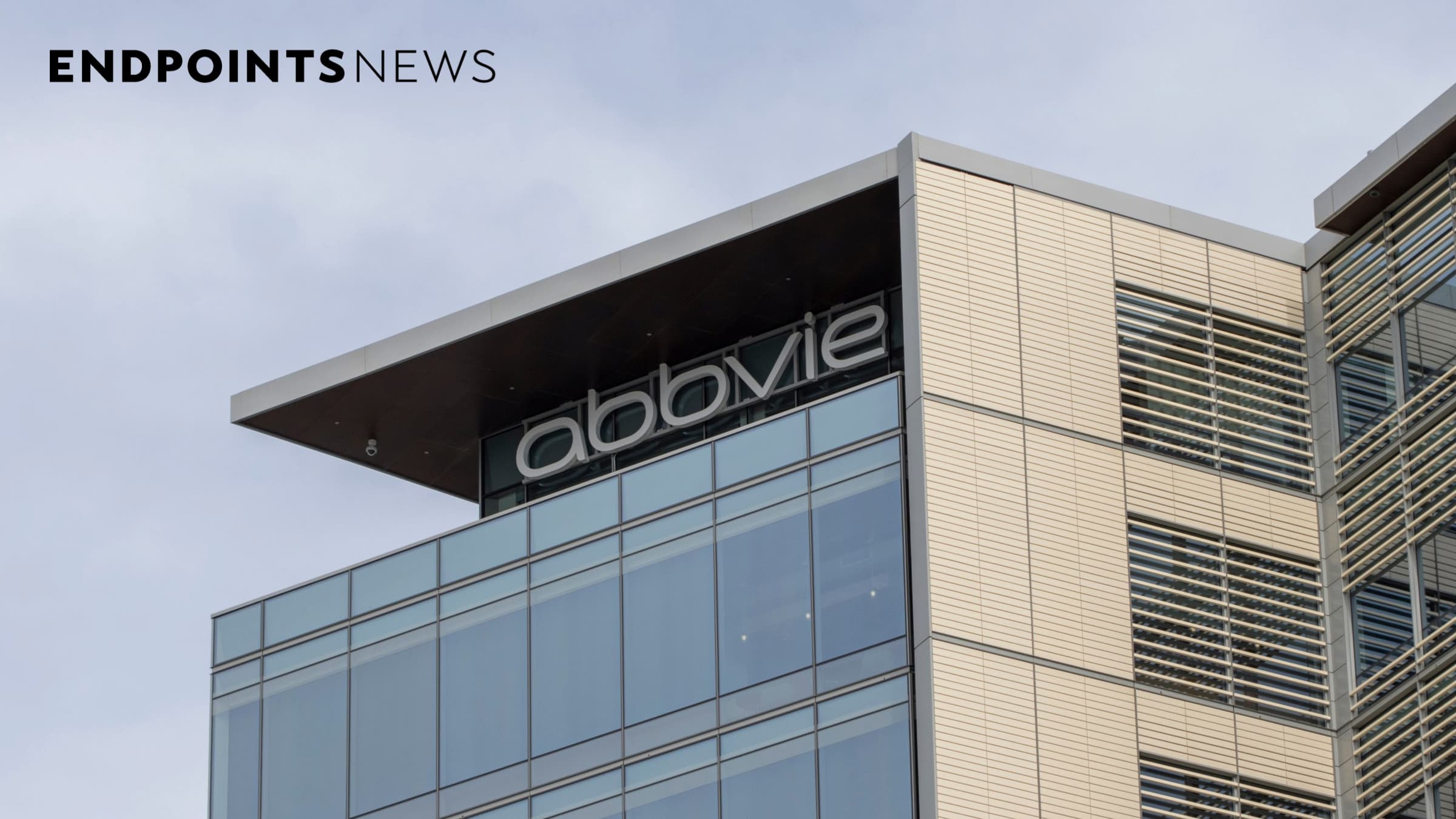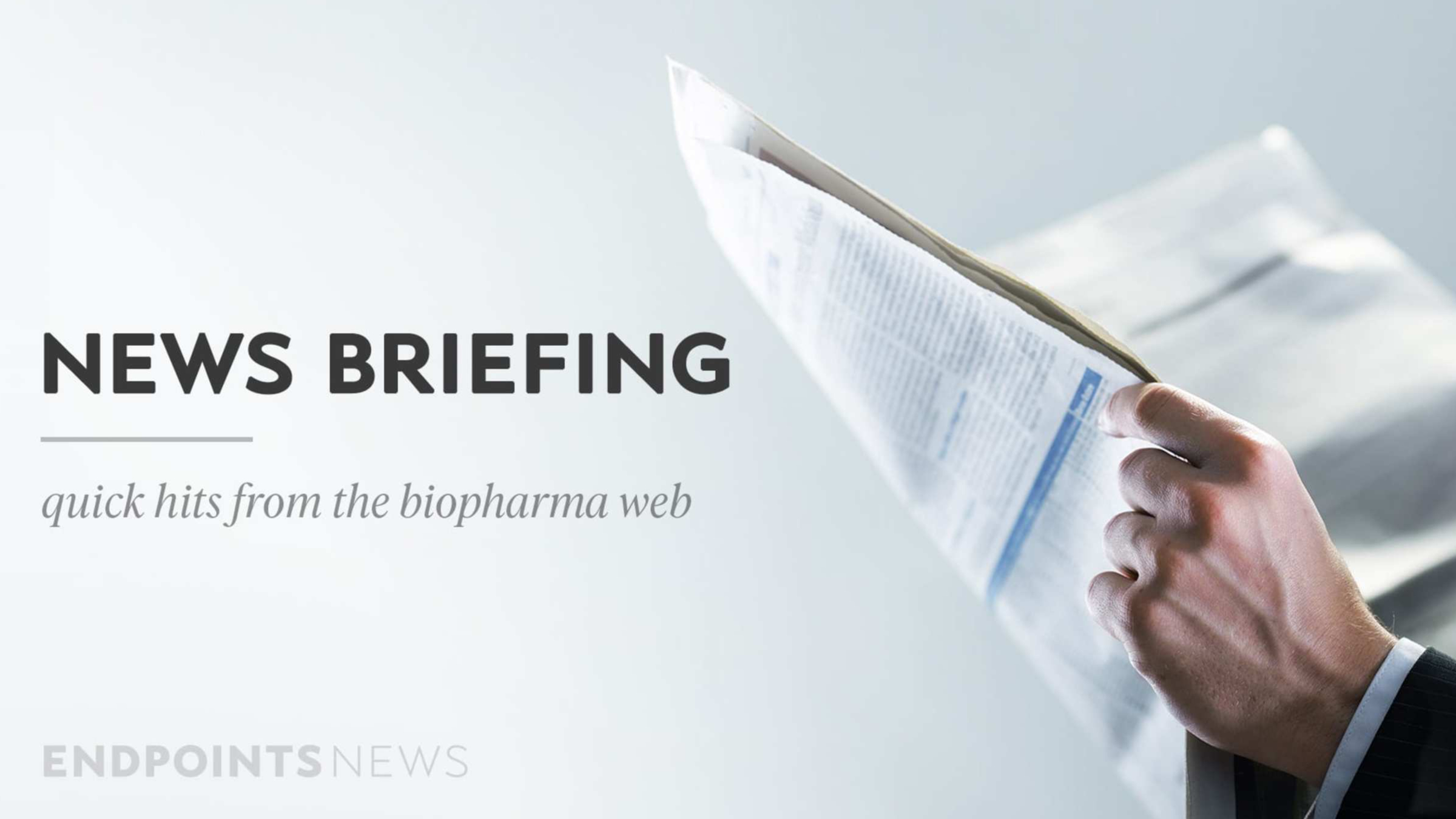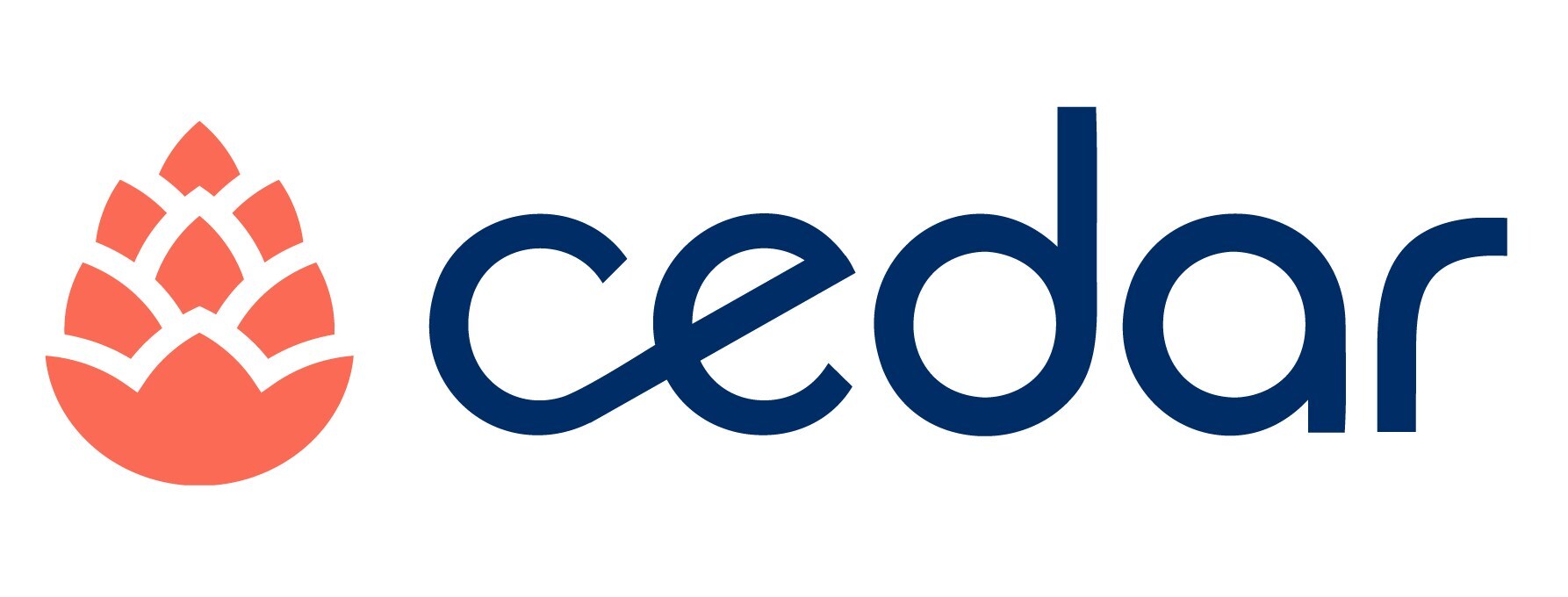Epic XGM Spotlights What’s Next for AI, Usability, Cosmos and Much More
The following is a guest article by John Lee, MD, Founder at HIT Peak Advisors Epic’s XGM (Expert Group Meeting) 2025 conference had a pronounced focus on artificial intelligence (AI) and user experience. For those who aren’t familiar, Epic’s XGM conference has taken the baton from their old “Spring Forum” with content that is geared […]

The following is a guest article by John Lee, MD, Founder at HIT Peak Advisors
 Epic’s XGM (Expert Group Meeting) 2025 conference had a pronounced focus on artificial intelligence (AI) and user experience. For those who aren’t familiar, Epic’s XGM conference has taken the baton from their old “Spring Forum” with content that is geared toward the analysts and informaticists with a technical bent. It is meant to help Epic techies bleed more from the Epic stone.
Epic’s XGM (Expert Group Meeting) 2025 conference had a pronounced focus on artificial intelligence (AI) and user experience. For those who aren’t familiar, Epic’s XGM conference has taken the baton from their old “Spring Forum” with content that is geared toward the analysts and informaticists with a technical bent. It is meant to help Epic techies bleed more from the Epic stone.
Artificial Intelligence
Epic’s most visible area of focus was the deep integration of generative AI into clinical workflows:
- The platform now offers tools to reorganize text for readability, generate succinct, patient-friendly summaries, hospital course summaries, discharge instructions, and even translating discrete clinical data into narrative instructions.
- We will be able to automatically destigmatize language in notes (e.g., changing “narcotic abuser” to “patient has opiate use disorder”),
- Even as a physician, I sometimes have a hard time deciphering the shorthand that my colleagues so frequently use. Epic showed how AI can translate obtuse medical shorthand-like “POD 1 sp CABG. HD stable. Amb w asst.”-into plain language: “Post op day 1 status post coronary bypass graft surgery. Hemodynamically stable. Patient is able to ambulate with assist.”
- For nurses, ambient documentation and AI-generated shift notes will be available, reducing manual entry and freeing up time for patient care.
This is but a small sampling of the types of AI content that are coming online for Epic organizations. Anyone who has been a victim of the “note-bloat” that is epidemic in our medical documentation (ie: all of us) recognizes how inundated we are with data but starved of information. We are living in seas of data without a drop of readable information to drink. These features not only save time but also make documentation more readable and accessible.
It is clear that Epic’s ongoing strategy is to make generative AI an integral part of the system. I foresee a near future where we are no longer talking about generative AI in the EMR. It will just be “the EMR.”
Usability
Although AI took center stage and garnered most of the buzz, Epic continued its steady development of non AI tools to make the system more usable.
- Epic’s customizable documentation SmartPhrase shortcuts will be exportable across organizations, allowing clinicians to retain their personalized tools when changing jobs or moving between Epic instances.
- Results Review now offers personalized, filtered views, enabling users to quickly access relevant labs or imaging results without wading through extraneous data. For example, emergency physicians can instantly filter for critical labs like troponin, streamlining decision-making in high-pressure environments.
- Epic can now systematically extract incidental findings (like lung nodules) from radiology reports and ensure follow-up. This makes identification of lung cancer early far easier. One organization has already increased early lung cancer detection-jumping from the national average of 40% to 70%.
- Secure Chat enhancements are creating parity with third-party tools, offering increased personalization and integration with clinical workflows.
Much as I noted with AI, this is but a small sampling of the content that is coming our way. This sort of bread-and-butter focus on functionality has made Epic the premier EMR for usability.
Remote Monitoring, Social Determinants, and Population Health
Epic’s platform is expanding its reach beyond the hospital walls. Remote patient monitoring dashboards and work queues now stratify patients by risk, enabling proactive outreach and care management. For the second year in a row, I was heartened to see the Compass Rose sessions standing room only. It gives me hope that we can use technology to make a difference in our patients’ lives away from the dysfunctional care delivery that we call a healthcare system. The integration of social needs tools-like Compass Rose-into the core system reflects Epic’s commitment to holistic care, addressing not only clinical but also social determinants of health.
Cosmos
If you follow me online, you know that I have a particular passion for Epic’s Cosmos. XGM had a whole day in a separate lecture hall dedicated to Cosmos. It is rapidly becoming a foundational Epic module for research and care improvement. Now encompassing data from over 300 million patients, Cosmos enables cross-institutional collaboration, such as the coordination of heart transplants between distant academic centers. The database is rapidly expanding, with plans even to include genomic variant data. I believe the combination of genetic and EMR digital phenotypes will yield powerful new insights in the near future … if you’re an Epic organization on Cosmos.
For those of you who use Cosmos, you know that the performance can be sometimes slow. 300 million patient records will do that. In addition to design and engineering tweaks to improve this performance, Cosmos is built on Microsoft’s Azure-based Nebula Cloud Platform and will soon leverage Microsoft Fabric for advanced analytics. The upcoming Cosmos AI tools are designed to predict patient outcomes, support clinical trials recruitment, and drive research at an unprecedented scale. As the volume of data increases, you may understandably be concerned about the quality of the data. For Epic, transparency about data quality will be a key theme in their Cosmos data quality dashboard.
One overarching theme that I am not sure people completely appreciate is that it isn’t a curious tool to keep researchers at Epic organizations busy. Epic is planning on making Cosmos as integral to its system as all the higher-profile AI tools and the more mundane clinical tools. Ultimately, I see a future where the typical decades-long cycle of data generation, insight/evidence generation and incorporation into clinical workflows is reduced by an order of magnitude. In my opinion, Epic organizations need to focus on a long term Cosmos strategy as much as they are focusing on an AI strategy.
Epic Foundation & Community
An underlying thread at XGM that doesn’t get as much hype as AI and Cosmos is the importance of adhering to Epic’s “Foundation” model as much as possible. Such a strategy effectively facilitates outsourcing advanced content and development to the Epic mothership. Doing so reduces the need for redundant, labor-intensive local configuration and maintenance. Epic organizations will be able to stay current with best practices and the newest technologies without hiring a small army of engineers and data scientists.
My little window on the conference won’t give anyone a complete picture of the whole experience. Every time I go to Verona, I always appreciate the value of the larger Epic community: sharing the “sausage making” behind the scenes, resource constraints, and the importance of sharing knowledge. Whether you attended the conference or not, those who aren’t fully leveraging the content on Epic’s UserWeb and archived content from previous conferences and presentations are missing an enormous opportunity. I personally have found countless nuggets from this community that has helped me create elegant Epic systems and workflows. For those who missed the event, Epic’s library of resources, collaboration tools and archived content on its UserWeb are highly recommended.
See you in August!
And so, as the AI dust settles and the last Cosmos dashboard loads, let’s take a moment to digest both the great food that Epic always puts out and the firehose of innovation we always try to absorb. As far as we have all come, the Epic journey is just getting started.
So keep your badges handy, your workflows streamlined, and your metaphors mixed-because before you know it, we’ll be swapping stories, sharing best practices, and singing at the Ivory Room in August. See you there, where the only thing more epic than the software is the community that brings it to life!



































